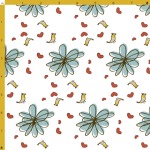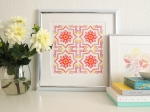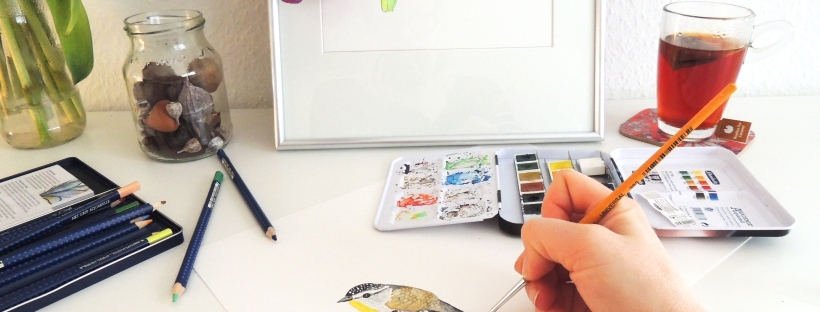You may have read my last post about How to buy eco-friendly clothing, but what about eco-friendly fabric?
Perhaps you love sewing or you even have your own business selling textile products. Making your own clothes is extremely rewarding plus it is a lot more sustainable. Here are my tips for eco-friendly fabric.
1. Buy organic
When looking for new material, the best thing to look for is organic. Organic material uses a lot less water in the production process plus the material will use dyes that use more natural chemicals. There is a Global Organic Textile Standard or GOTS for short. Generally organic material also means a higher price – but for good reason. In fact, if the price of conventional cotton took into account the price of pollution, the price would rise by 500%! Conventional material (rather than organic) also uses a lot harmful chemicals – not something you want close to your skin.
2. Choose natural fibres
Natural fibres (cotton, linen, wool) are more sustainable than man-made products (acrylic, polyester and nylon). They also feel nicer against you skin, breathe easier and last longer.
3. Buy recycled fibres
As technology gets better and better, fibres can be recycled and reused. This is particularly prevalent in heavier weight material like canvas. The reason is that when fibres are recycled they get shorter and coarser. For example, the Spoonflower Eco-Canvas uses 45% recycled material.
4. Only buy what you need
When buying material, it’s easy to round up just to make sure you have enough. But once you’ve made a pattern a few times, you know exactly how much material you need.
If you’re getting fabric printed, they only print what you need to avoid waste.
5. Use all the scraps for something crafty
I know every dressmaker has a stash of un-used fabric that they are saving for a rainy day. So if it is older than 5 years it’s time to do something about it.
For fabric scraps there are lots of projects that you can do. Everything from little fabric ornaments, to bags, to pillow cases, to patchwork, to rugs, to bunting, to bibs, to wreaths – you name it, google it, you will find a tutorial.
For something really simple, collect all your fabric scraps and once you have enough, use it for stuffing for a new cushion.
What are you eco-material tips?
Holly x
























































